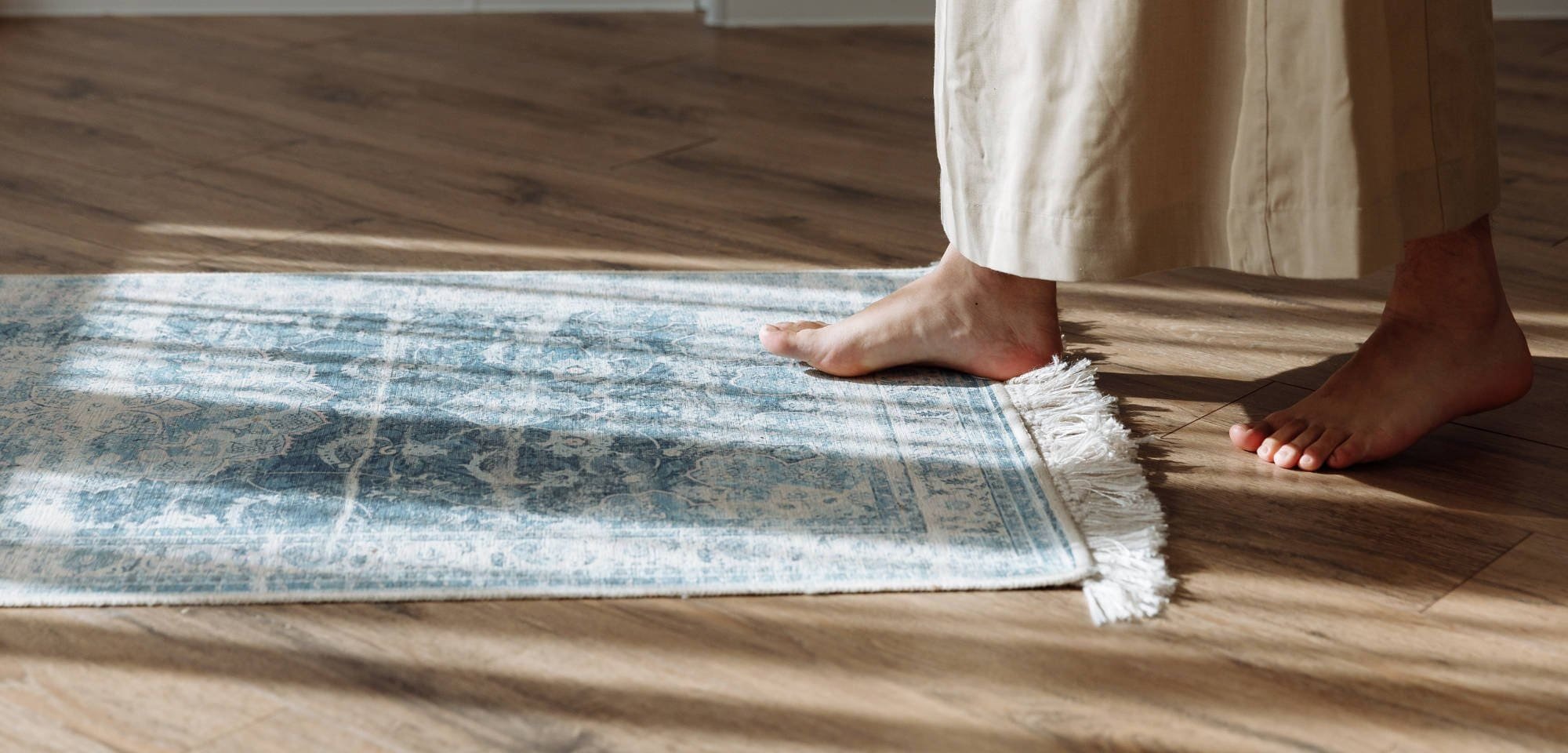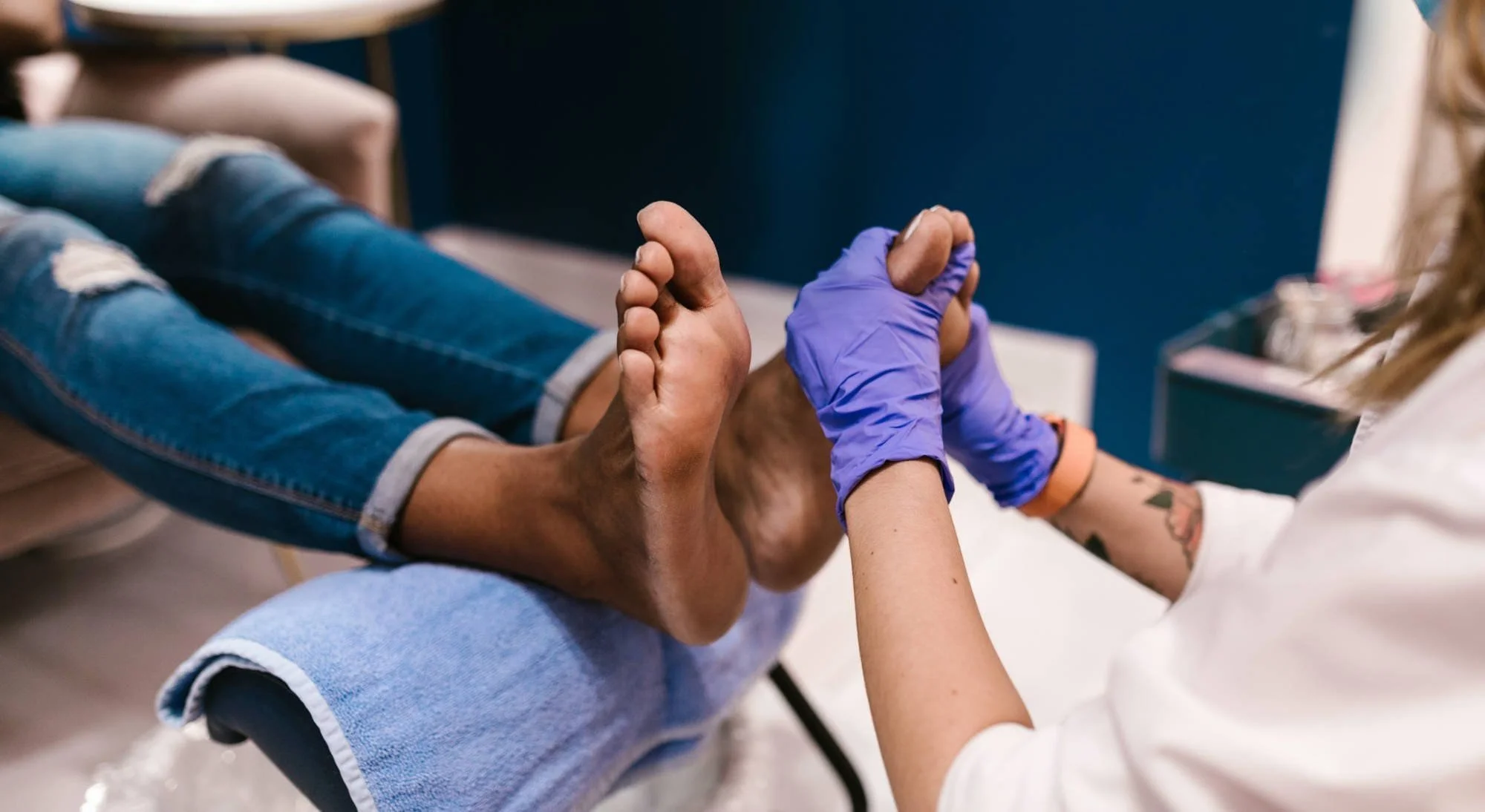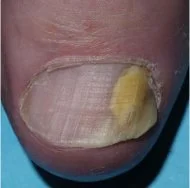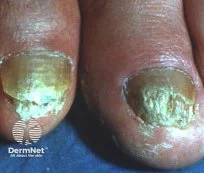
What is Nail Fungus (Onychomycosis)?
Nail fungus (or Onychomycosis) is a common fungal infection that affects the toenails more frequently than fingernails, especially in adults. This condition becomes more prevalent with age and can lead to thickened, discoloured, and brittle nails. Approximately 10% of Australian adults are affected by nail fungus, and it accounts for about 20% of all nail diseases.
Quick Facts About Nail Fungus
Fungal Nail Infection Overview
Onychomycosis is caused by various types of fungi that thrive in warm, moist environments. This makes toenails particularly susceptible, as they are often confined within shoes that create the ideal conditions for fungus to grow. Symptoms may vary based on the type of fungus but often include thickened, yellowed, or crumbling nails.
Causes & Symptoms of Toenail Fungus
Toenail fungus is often the result of direct contact with fungi in damp environments, such as gyms, pools, or communal showers. People with a history of athlete’s foot, diabetes, or weakened immunity are more susceptible. Early signs of toenail fungus include white or yellow spots under the nail tip, thickening, and brittleness. As the infection progresses, nails may become deformed, discolored, or begin to crumble.
Knowing if your toenail fungus is improving can be challenging. Signs of recovery include the gradual fading of discoloration and a return of normal nail thickness as new, healthy nail growth appears.
Types of Toenail Fungus
Lateral Onychomycosis
You may see a white or dense yellow streak at one side of your nail.
Subungual Hyperkeratosis
You may notice scaling under your nail, which is a build-up of yellow skin cells.
Distal Onycholysis
The end of your nail may lift up and the free edge will often crumble.
Superficial White Onychomycosis
You might see the appearance of flaky white patches and pits on the upper surface of your nail.
Proximal Onychomycosis
Some people see yellow spots appearing in the half-moon of their nails.
Onychoma/Dermatophytoma
This is a thick localised area of infection seen in the nail plate and can involve the complete destruction of the nail.
A correct diagnosis of Onychomycosis is important for the successful treatment of this condition, so it must be differentiated from other similar presenting conditions. For example, bacterial infections (particularly Pseudomonas aeruginosa), as well as psoriasis, eczema or dermatitis, lichen planus (a skin rash triggered by the immune system), viral warts, Onycholysis (loosening of the nail from the nail bed) and Onychogryphosis (hypertrophy of the nail).
How to Diagnose Toenail Fungus
A healthcare professional can diagnose onychomycosis through a physical examination and, if necessary, laboratory tests to identify the fungal type. Early diagnosis is beneficial for effective treatment. Initial signs, like small spots or slight discoloration, should not be ignored. If you notice any unusual changes in nail color or thickness, it’s best to consult a healthcare provider promptly to confirm the condition and start treatment.
Are You at Risk of Contracting Onychomycosis?
Even though Onychomycosis is quite prevalent in the population, you might never experience this condition. It is however, common in certain people, so if you have any of the following risk factors, it is important that you are vigilant in caring for your fingernails and toenails.
Age: The older you become, the more chance you have in contracting Onychomycosis. This might be due to other risk factors or simply because you start to have difficulties in caring for your feet and toenails.
Poor peripheral circulation: People with poor circulation to their feet may well suffer from fungal infections in their toenails.
Diabetes: Since diabetes can affect your peripheral circulation, you may be more prone to fungal infections of the extremities.
Psoriasis: If you suffer from psoriasis, you are likely to also suffer from Onychomycosis.
Immunodeficiency: A weakened immune system compromises your ability to fight infections, increasing your risk of acquiring numerous infections, including Onychomycosis.
Hereditary: If you have a family history of fungal infections, you are more likely to suffer from some form of Onychomycosis than those without such a history.
Playing sports: Warm, wet environments encourage the growth and spread of Onychomycosis, so swimmers in particular are susceptible to Onychomycosis.
How to Prevent and Manage Toenail Fungus
Preventing toenail fungus involves maintaining good foot hygiene, keeping nails trimmed and dry, and avoiding shared footwear in damp areas. Wearing breathable shoes and changing socks daily can help reduce the risk. For those already dealing with early-stage toenail fungus, using a gentle antifungal solution can help manage symptoms. Improvements may include a reduction in nail discolouration and healthier new nail growth.
Fungal Nail Treatment Tips
-

Fungicidal vs Fungistatic
nailKALM® is a fungicidal solution for fungal nails. This is important to understand because a fungicidal treatment actively destroys the fungus whereas a fungistatic treatment only prevents fungi from multiplying further rather than actively destroying the current fungi.
-

The Benefits of nailKALM®
nailKALM® features AMYCOT®, a patented active ingredient that is naturally derived from micro-algae Spirulina. This scientific discovery allowed the creation of a safe, organic, and effective treatment option for fungal nail infections. Not only is nailKALM® anti-inflammatory but anti-bacterial and anti-microbial.
-

Early Treatment of Fungal Nails
Learn why early nail fungus treatment is crucial. By addressing early signs of infection, you can avoid the painful and often expensive complications that come with waiting too long. Discover how nailKALM® helps prevent complications and restore fungus-free nails naturally.
Explore nailKALM® for Effective Toenail Fungus Management
nailKALM® provides a natural, effective solution for toenail fungus. Made in Australia, this non-toxic antifungal treatment is easy to use and trusted by health professionals.









